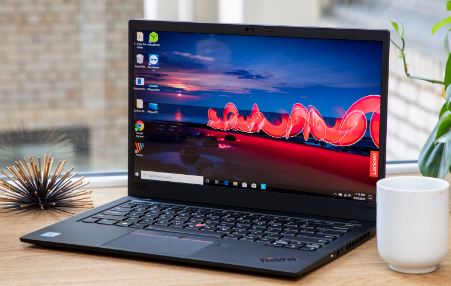Looking for a budget laptop, but aren’t sure of what specifications and features to keep in mind? Here’s what to look for when you need to buy a new laptop without burning a hole in your pocket.
Buying a budget laptop or notebook is a tricky business. A good laptop costs good money as well. So, settling for a budget machine is all about picking the right set of features and the right compromises in areas that do not matter to your needs.
In order to figure out what budget laptop is right for you, here are some pointers to keep in mind when you look for laptops available in your budget.
Your needs and budget
It is very easy to fall for brand marketing when looking for pretty much any new gadget. However, focus on your primary needs and decide what is more important to you. Choose between a portable form, a good screen, good battery life, good internal specifications, etc and decide which of those elements actually matter to you.
For instance, if you need a laptop for basic use to do your school research and assignments, don’t spend more on a high-res screen or a more powerful processor. You could probably save a lot of money by getting something like a Chromebook. Remember that the more futureproof you try to make your device, the more expensive it will get.
Display
Getting into the nitty-gritty of choosing your own laptop, one of the first things you should look at is the display of your laptop. For a budget machine, keep your expectations realistic and don’t expect a very high-resolution OLED panel with narrow bezels. Instead, settle for something that has a basic screen with good viewing angles.
Internal Specifications
Coming to your laptops internal specification, look at what processor you actually require. Do not rush into higher-end Intel and AMD processors if you don’t plan on getting into very resource-heavy tasks or using heavier computing software. More importantly, it isn’t always important to get the latest generation of processors if you can save some money by stepping back one generation. Similarly, if you aren’t going to be using too many programs settling for a machine with a moderate amount of RAM would be a great money-saving tip. 8GB RAM is the ideal budget RAM size for a lot of people.
Coming to graphics, you probably will not be gaming if you’re looking for a budget machine. Rather, give a look at the kind of integrated graphics you’re getting with the processor you choose. Coming to storage, HDD storage is your best friend at low prices. Remember that you can always buy an external hard disk to store your files. However, don’t settle for less than 512GB or 1TB of storage space.
I/O
One of the often-overlooked parts of a laptop yet a crucial one is the I/O or input/output ports. Look for how many I/O elements the laptop you’re choosing comes with and see if it fits your requirements. If you plan on using multiple peripherals and flash drives at the same time, consider the number of USB ports your laptop has. See if you need an HDMI 2.0 port, a card reader or other elements. Selecting an I/O setup that suits your needs will prevent you from spending extra on ports you don’t need and also avoid extra expenses for ports you do need.
Battery life
Battery life will be an important factor no matter what budget you hit. Without a decent battery capacity, the portability of a laptop doesn’t mean much. Look for a machine that on the minimal provides at least 6-8 hours of battery life. However, if you plan on using the laptop in one sport like your home or office, you can probably look into something that gives you at least 4-6 hours of juice.





































